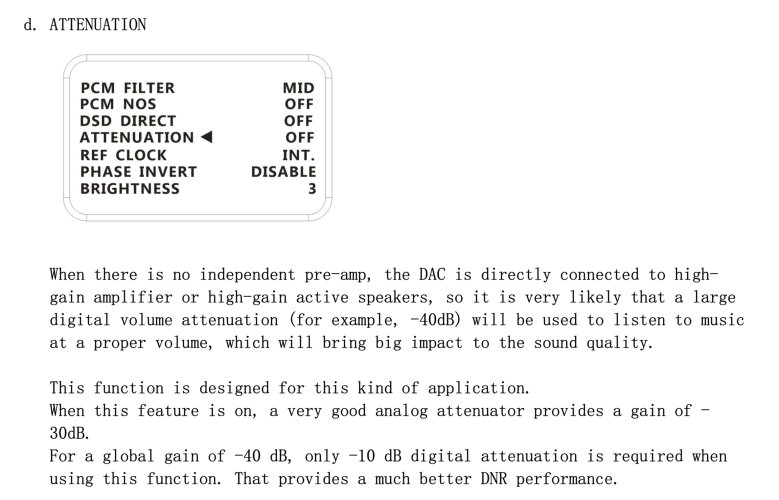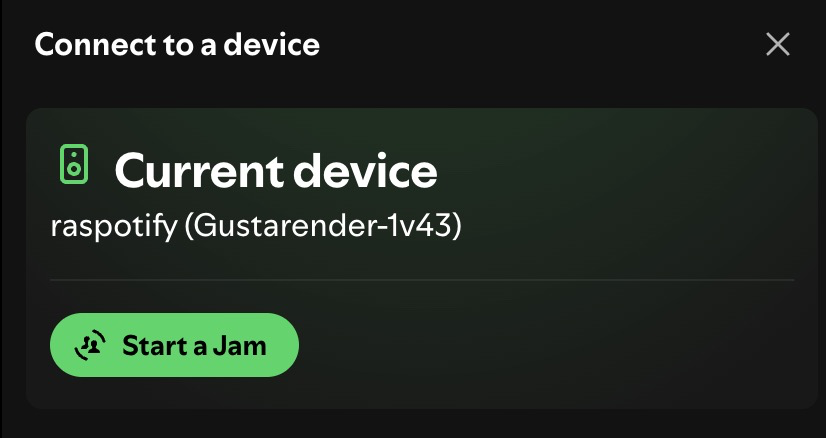Deleeh
Headphoneus Supremus
Depending on the design of the amplifier, it can also go so far that you can always adjust the volume within an audible range without blowing up the headphones or going deaf because it is constantly too loud.
In my tube amplifier, depending on the tubes, I can even limit this somewhat because the overall amplification of the tubes is too strong and can sometimes lead to clipping, which is also not good in the long term.
It's a nice feature and helpful from time to time.
In my tube amplifier, depending on the tubes, I can even limit this somewhat because the overall amplification of the tubes is too strong and can sometimes lead to clipping, which is also not good in the long term.
It's a nice feature and helpful from time to time.





















